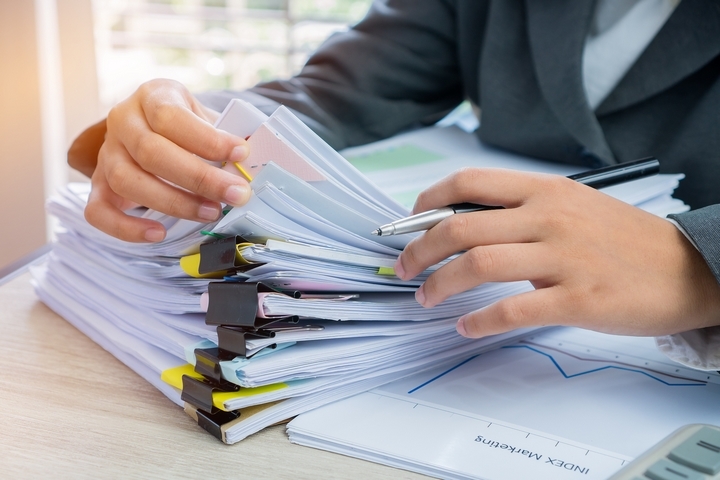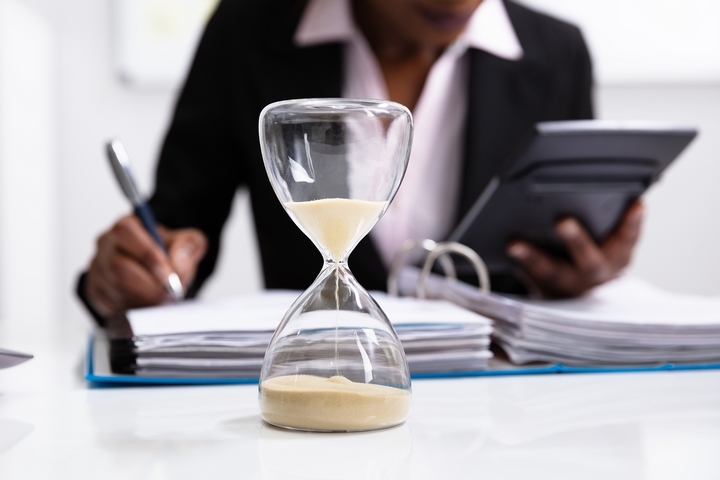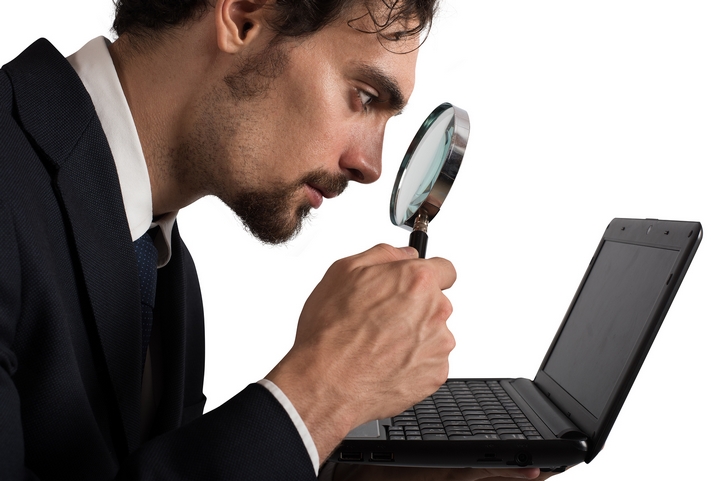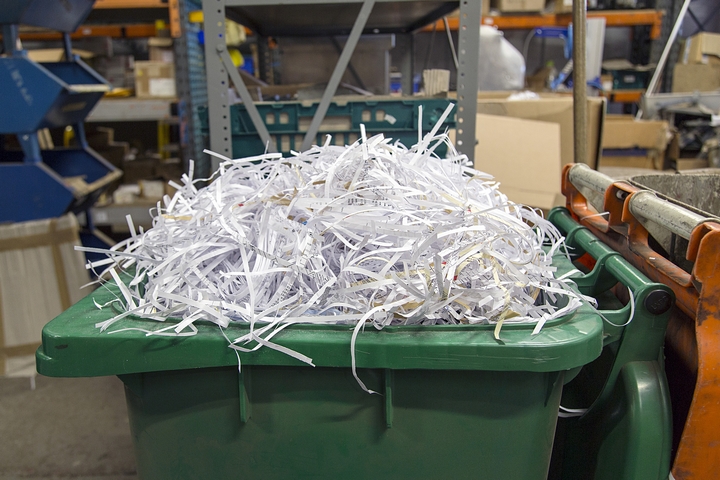SR&ED is a funding program for Canadian businesses. Proper documentation is critical to successfully filing an SR&ED claim. You must show records and evidence that support the statements being made in a claim. In addition, the documents must demonstrate how your project relates to SR&ED and how it fulfills the criteria.
Documenting the outcome and the challenges is extremely important in proving that a systematic process was applied to the overall project. You need to substantiate the work you and your team performed. The complexity of the documentation process can trouble many business owners. Fortunately, you can always contact SR&ED consulting services for guidance. These professionals will ensure your paperwork is in order.
Here are the ten best tips to ensure proper SR&ED documentation:
1. Record the SR&ED work early.

Even if you aren’t sure your project is SR&ED eligible, it doesn’t hurt to start recording and documenting early. If you don’t and end up wanting to claim items that do not have adequate documentation to support them, that’s a problem.
It’s much better to start with too many documents and too much information than with too little. Don’t underestimate the importance of capturing detail.
2. Include all SR&ED work conducted

Include in your SR&ED documentation anything that supports the scope of the R&D work completed. This includes anything that will substantiate how the work was carried out when it was performed and other details. All documentation should be dated, signed, and specific to work performed. This last detail is what the CRA recommends and should be followed. Date as much documentation as you can.
3. Include all SR&ED Expenditures

Just like when you put forth documents to support the SR&ED work performed, you must also justify your expenditures. Be sure to date your documents to prove that they relate to work performed in the period you’re claiming.
Highlight the technological uncertainties and time invested in arriving at a solution. Be diligent and stay on top of your record-keeping. Many opt to use project management software and other automation methods to generate documents automatically.
4. Use employee timesheets

Any employees involved in R&D should be tracking their time through timesheets. Any SR&ED eligible activities involving manpower should be tracked. Timesheets will allow you to accurately calculate the percentage of time spent on SR&ED.
You can further expand on the timesheet data by outlining activities completed and technical challenges encountered.
5. Follow up with team members

Ensure that all stakeholders playing a part in accumulating documentation for your SR&ED claim are aware of their responsibility. It makes sense to check in with team members regularly and ensure they are completing the documents they need to.
For yourself and others, you may wish to schedule reminders to create notes, complete reports, and evaluate timesheets before filing them alongside other documents.
6. Report on technical challenges

When encountering technical challenges, it’s important to document them. Experiments should be documented in detail, along with an analysis of results. Many organizations do this work on a weekly or bi-weekly basis, ensuring they’re keeping up-to-date records on the difficulties and challenges they are encountering as well, corresponding those with technical documents and other relevant materials.
7. Maintain non-typical documents

Some things you may not think to keep, you should. This includes handwritten notes, meeting minutes, and email exchanges. You will also want to take photos of whiteboard designs and other relevant materials and save those along with more official documents. As you will find with an SR&ED project, there is no such thing as ‘too much documentation.’ Keep these on hand and have them in case a claim is questioned.
8. Do not discard documentation

Some SR&ED claims are flagged for an audit/review. If yours is, the CRA can request additional documentation and more evidence to substantiate the claims you have made in your original application. For this reason, save everything you can, from timesheets and invoices to formal documents relating to the project. You do not know when you might need them, so have everything organized and handy in case an audit or review is launched.
9. Speak with an SR&ED consultant

You will likely find significant benefit in speaking with an SR&ED consultant to help prepare a claim. They can aid in authoring the full technical write-up required by the CRA and fill in the remainder of the application.
SR&ED tax applications are unlike other tax forms and require a certain amount of detail to fill. If this is your first time, an SR&ED consultant can aid in ensuring an application is completed in full before being submitted.
10. Write a SR&ED technical narrative

Your documentation will eventually filter into your SR&ED technical narrative. The technical narrative you include in your SR&ED claim will require four different elements.
- Specify the technological objectives and your reasons for undertaking the R&D venture.
- Specify the uncertainties and limitations in the technology or knowledge base where new scientific or technical knowledge is needed.
- Specify in detail the work performed, demonstrating the systematic nature of your investigation.
- Specify the technological advancements made, what was gained or achieved, or what the project attempted to achieve as a direct result of the SR&ED work performed.

